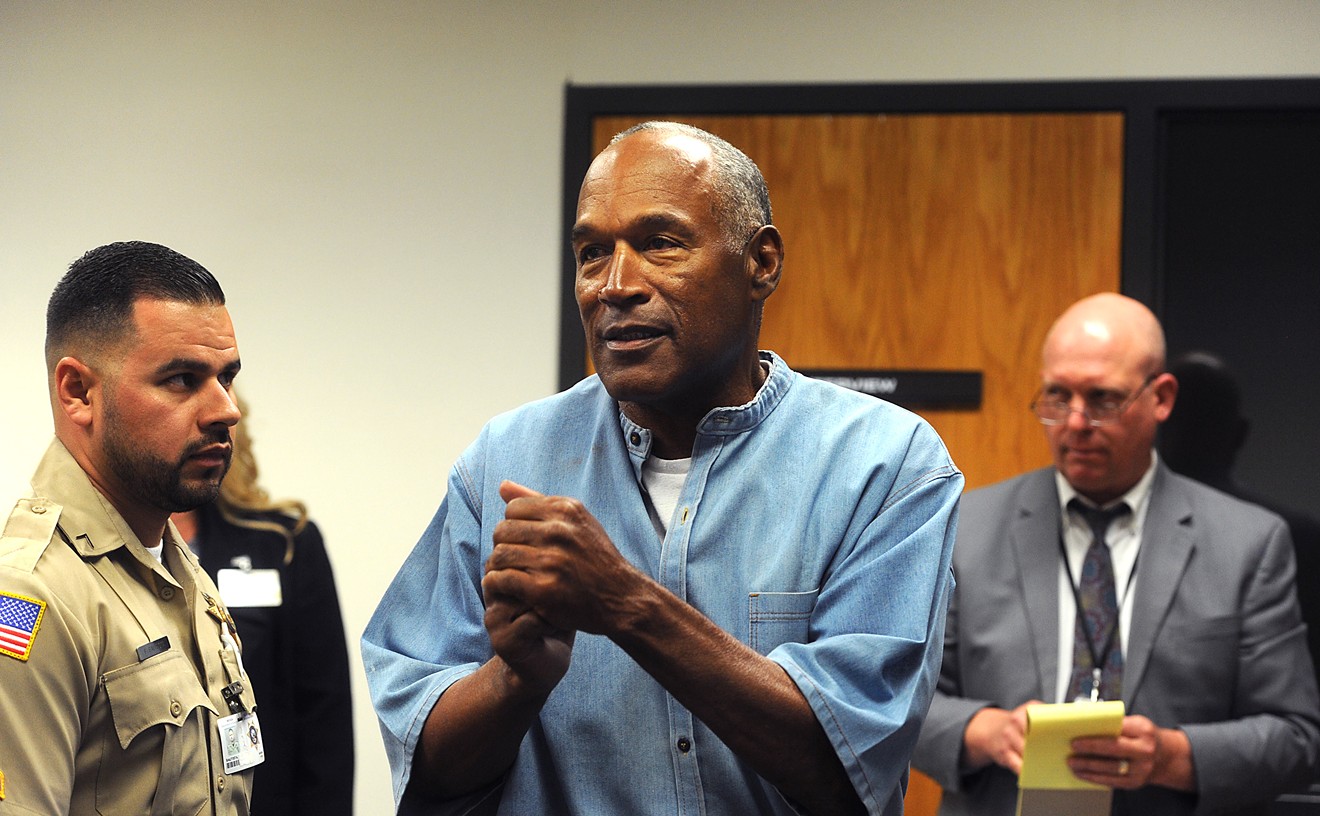The Internet works in mysterious ways. How else could one explain an 8,000-word feature from 16 years ago accumulating almost five thousand Facebook "shares" in the course of a day? About a decade before social media became prevalent and "upvoting" became a verb, former New Times staff writer Lynda Edwards camped out at a Miami Salvation Army shelter to ask kids what they believed in, apart from church.
Their answers were breathtaking, and far from rudimentary. According to the article, the children had developed an elaborate mythology based primarily around the evil Bloody Mary and the kind Blue Lady -- opposing forces that explained the tragedy of their young lives and offered a chance at redemption. Their folktales were Miami specific and included a story about Satan trying to open a "Hell door" on South Beach and angels hiding out in the Everglades, where they were guarded by giant alligators.
See also: Myths Over Miami
This isn't the first time the story has received attention. In 2000, Disney bought the rights to "Myths Over Miami." The producer behind the deal was Clive Barker, who is best known for Hellraiser and Candy Man. The article, which meditates on how transient children search for meaning in a cruel world filled with inexplicable disappointments and devoid of adult saviors, probably would have made for a pretty crappy gore flick. Pinhead is articulate as far as horror villains go, but Edward's story is still a bit cerebral for the Barker treatment. Regardless, Bloody Mary never materialized.
The story also served as the basis for a book by the prolific fantasy author Mercedes Lackey. Mad Maudlin came out in 2003.
"Myths Over Miami" went dormant for a decade until a Reddit thread catalyzed its volcanic explosion in popularity on Tuesday. It was posted in the "Today I Learned" section and went completely viral from there. The resurgence is a lesson in how the media landscape has changed in the age of the Internet.
News was once ephemeral; papers would yellow and deteriorate into dust. Reporters would pour one out while listening to that Kansas song, and move on to the next story. But now the printed word lives on forever in ones and zeroes, which means once-forgotten articles are now always up for a second round of praise and scrutiny.
Lynda Edwards went from having articles in the New Times to the New York Times as well as magazines like Rolling Stone and Washington Monthly, according to her LinkedIn profile. It also seems that she's working for Gannett in New Orleans. Edwards didn't respond to interview requests via telephone or e-mail.
Follow Miami New Times on Facebook and Twitter @MiamiNewTimes.











